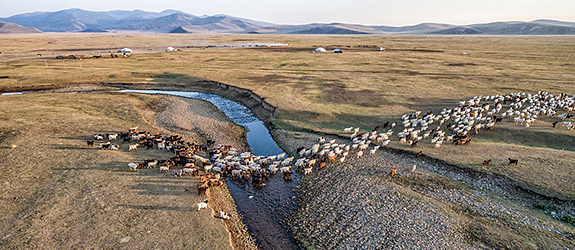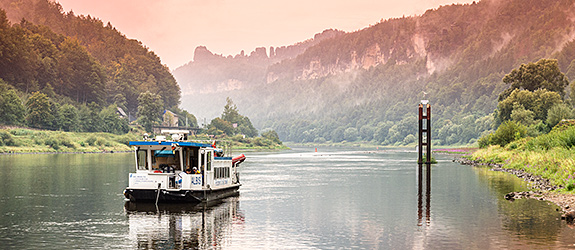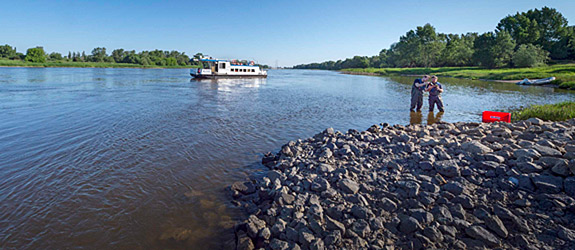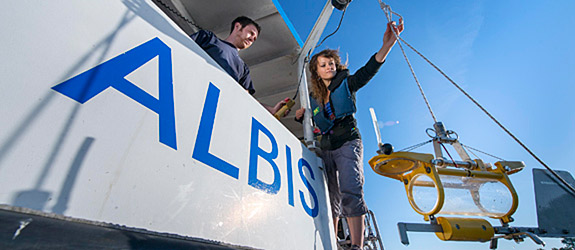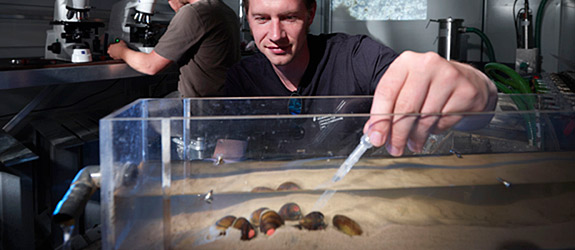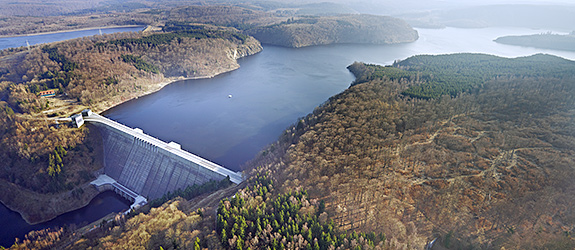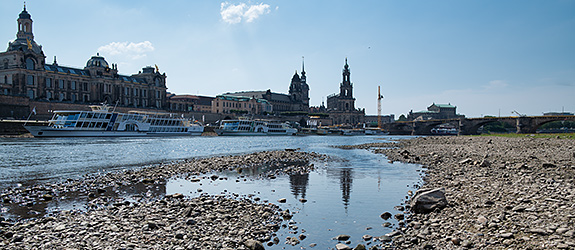Freshwater Resources:
Securing quantity and quality in a multifunctional ecosystem perspective
Nutrient pollution, new chemicals, increasing water abstractions, droughts, heat waves & co.: Our natural water resources and the associated ecosystems are under enormous pressure. How will surface and ground water be managed in the future in order to still meet the diverse requirements for people and nature? The Integration Platform (IP) “Freshwater Resources” should provide the answers.
Rivers, lakes, groundwater and wetlands are integral parts of our terrestrial freshwater resources, with immense importance for humans and nature. It is unbelievable what the associated aquatic ecosystems can achieve: They are hot spots of global biodiversity and must therefore be one focus, if we want to stop the loss of biodiversity. At the same time, healthy ecosystems ensure water security. Mussels that filter unicellular algae from the water, bacteria and microbes that break down organic pollutants or single-cell organisms that eat pathogens: organisms permanently clean the water. Healthy aquatic communities thus ensure clean water for people and nature.
None of this can be taken for granted. Our wastewater, land use change and climate change influence the availability and quality of water in the landscape and thus endanger the services of aquatic ecosystems. Water quantity and quality are controlled by a complex interplay between hydrological, biogeochemical and ecological processes at different space and time scales. We can therefore no longer meet the major challenges of securing our water resources through disciplinary, mostly locally focused measures alone. Instead, the future management of our water resources must follow an interdisciplinary approach and focus on the entire water cycle.
As part of the "Freshwater Resources" Integration Platform, six thematic projects jointly develop interdisciplinary approaches to solving water problems of our time:

